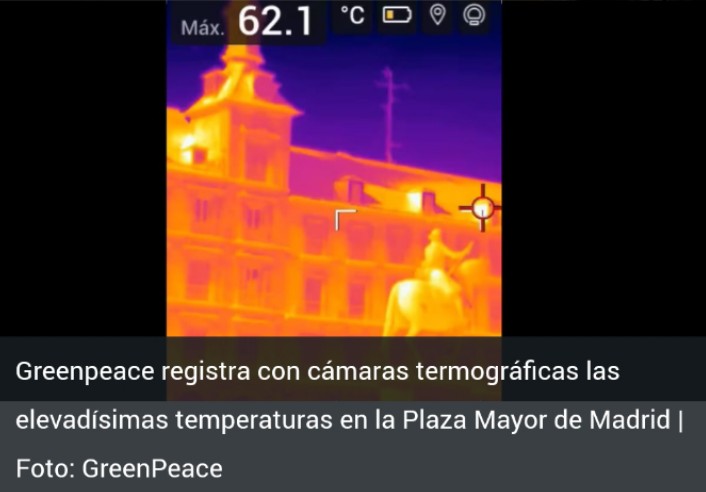NASA WARNS SOME SPANISH PROVINCES COULD BECOME UNINHABITABLE

In a recent report titled ‘Too Hot to Handle: How Climate Change May Make Some Places Too Hot to Live,’ NASA has issued a stark warning about the future for several Spanish provinces. According to the report, by 2050, regions such as Madrid, the Valencian Community, and Andalusia could face extreme temperatures making them uninhabitable.
The report highlights that climate change is causing unprecedented increases in global temperatures, leading to more frequent and severe extreme weather events. In 2024, the Spanish Meteorological Agency (AEMET) recorded record-breaking temperatures, confirming the severity of heatwaves becoming increasingly common. Greenpeace has also documented extreme temperatures in Madrid, with readings as high as 65 degrees Celsius in central areas of the city.
Cities with few green spaces, such as those mentioned, are particularly vulnerable to the urban heat island effect, which exacerbates extreme temperatures. This additional warming can degrade air quality and increase health issues, such as dehydration, heatstroke, and cardiovascular diseases.
NASA’s report stresses that past heatwaves offer a troubling preview of the future. As extreme conditions become more frequent, it will be crucial for cities to implement measures to mitigate the effects of heat and protect vulnerable populations, including the elderly and outdoor workers in adverse conditions.
“Immediate action is essential,” NASA experts conclude. “Only through coordinated global action can we avoid the worst consequences of climate change and ensure a livable future for the coming generations.”
The report highlights that climate change is causing unprecedented increases in global temperatures, leading to more frequent and severe extreme weather events. In 2024, the Spanish Meteorological Agency (AEMET) recorded record-breaking temperatures, confirming the severity of heatwaves becoming increasingly common. Greenpeace has also documented extreme temperatures in Madrid, with readings as high as 65 degrees Celsius in central areas of the city.
Cities with few green spaces, such as those mentioned, are particularly vulnerable to the urban heat island effect, which exacerbates extreme temperatures. This additional warming can degrade air quality and increase health issues, such as dehydration, heatstroke, and cardiovascular diseases.
NASA’s report stresses that past heatwaves offer a troubling preview of the future. As extreme conditions become more frequent, it will be crucial for cities to implement measures to mitigate the effects of heat and protect vulnerable populations, including the elderly and outdoor workers in adverse conditions.
“Immediate action is essential,” NASA experts conclude. “Only through coordinated global action can we avoid the worst consequences of climate change and ensure a livable future for the coming generations.”
